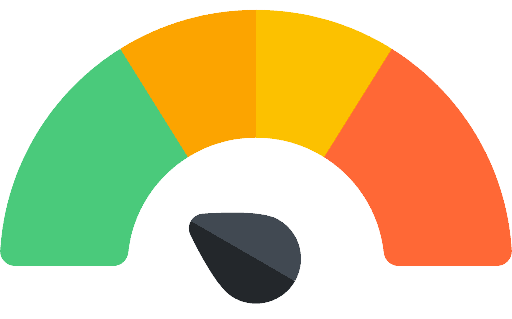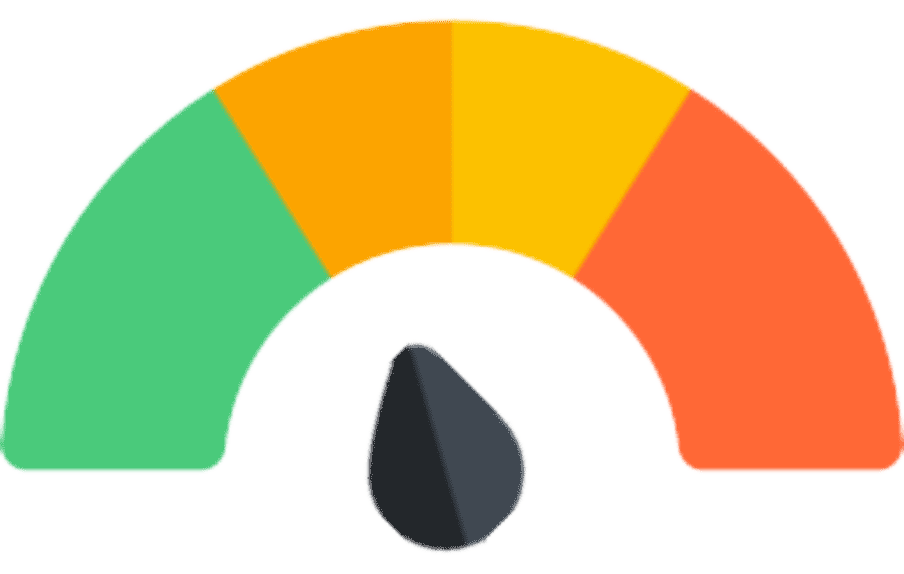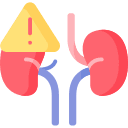(Bold for FDA approved)
 How Etizep works
How Etizep works• Binds to benzodiazepine receptors at the GABA-A ligand-gated chloride channel complex
• Enhances the inhibitory effects of GABA
• Boosts chloride conductance through GABA-regulated channels
• Inhibits excessive neuronal activity in the amygdala, which is central to anxiety regulation, providing therapeutic effects in anxiety and panic disorders.
• Its effect on GABA-A receptors in the cerebral cortex and brainstem contributes to its hypnotic properties, making it effective for insomnia and other sleep disturbances.
• While immediate relief is common, consistent dosing over several days may be required to achieve stable and sustained therapeutic benefits.
 Notable Side Effects
Notable Side Effects• Sedation, fatigue, dizziness, ataxia, confusion, memory impairment
• Depression, irritability, nervousness
• Weakness, dry mouth, blurred vision
• Nausea, constipation
• (Rare) Hallucinations, mania
• (Rare) Hypotension, palpitations
• (Uncommon) Rash, itching
• (Uncommon) Headaches, sleep disturbances
 Life Threatening Side Effects
Life Threatening Side Effects• Respiratory Depression: Especially with CNS depressants or overdose
• Hepatic/Renal Dysfunction: Liver toxicity, kidney issues
• Blood Disorders: Leukopenia, thrombocytopenia (rare)
• Seizures: In overdose or withdrawal situations

unusual

not usual
• Wait
• Wait
• Wait
• Lower the dose
• Take largest dose at bedtime to avoid sedative effects during the day
• Switch to another agent
• Anxiety: 0.5–1 mg/day, typically in 2–3 divided doses
• Panic Disorders: 1–2 mg/day, divided into 2–3 doses
• Insomnia: 0.25–0.5 mg at bedtime
 Dosage Forms
Dosage Forms• Tablets: 0.25 mg, 0.5 mg, 1 mg
• Risk of dependence, particularly for treatment periods longer than 12 weeks and especially in patients with past or current polysubstance abuse.
• Etizolam is a Schedule IV drug
• Patients may develop dependence and/or tolerance with long-term use
 Renal Impairment
Renal Impairment• Dose should be reduced
 Hepatic Impairment
Hepatic Impairment• Dose should be reduced
 Cardiac Impairment
Cardiac Impairment• Etizolam have been used to treat anxiety associated with acute myocardial infarction
 Elderly
Elderly• Should receive lower doses and be monitored
 Children and Adolescents
Children and Adolescents• Safety and efficacy not established in panic disorder
• For anxiety, children and adolescents should generally receive lower doses and be more closely monitored
• Long-term effects of etizolam in children/adolescents are unknow
 Pregnancy
Pregnancy• Possible increased risk of birth defects when benzodiazepines are taken during pregnancy
• Because of the potential risks, Etizolam is not generally recommended as treatment for anxiety during pregnancy, especially during first trimester
• Drug should be tapered if discontinued
• Infants whose mothers received a benzodiazepine late in pregnancy may experience withdrawal effects
• Neonatal flaccidity has been reported in infants whose mothers took a benzodiazepine during pregnancy
• Seizures, even mild seizures, may cause harm to the embryo/fetus
 Breast Feeding
Breast Feeding• Some drug is found in mother’s breast milk
• Recommended either to discontinue drug or bottle feed
• Effects on infant have been observed and include feeding difficulties, sedation, and weight loss
Based on data Published online by Cambridge University Press
Compiled by Dr. Jash Ajmera